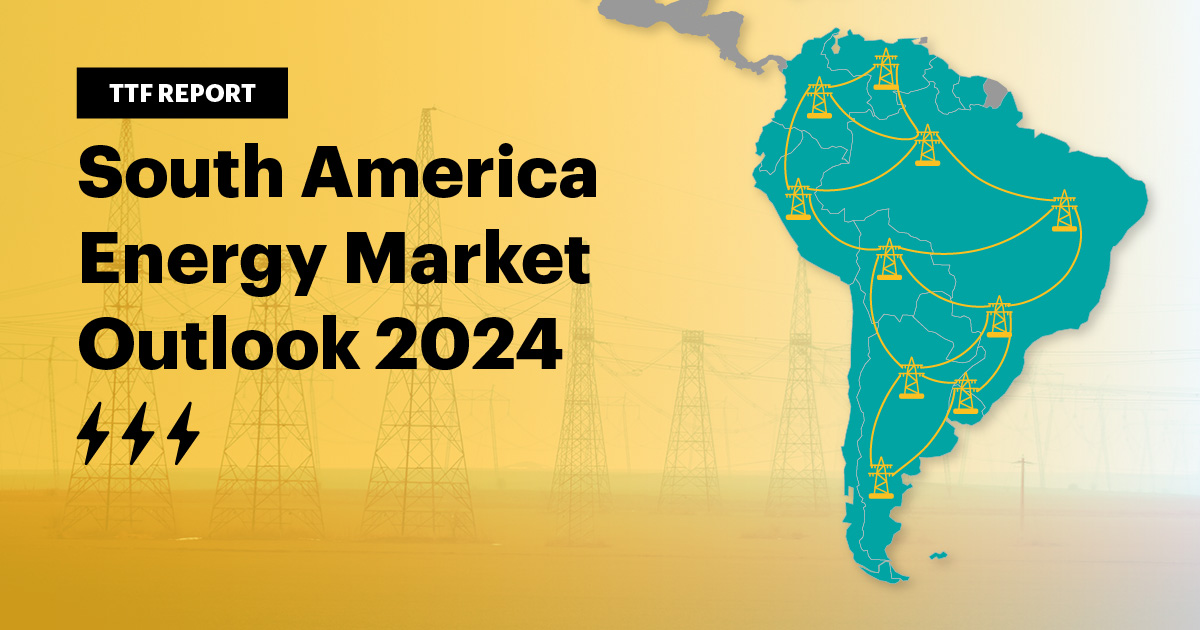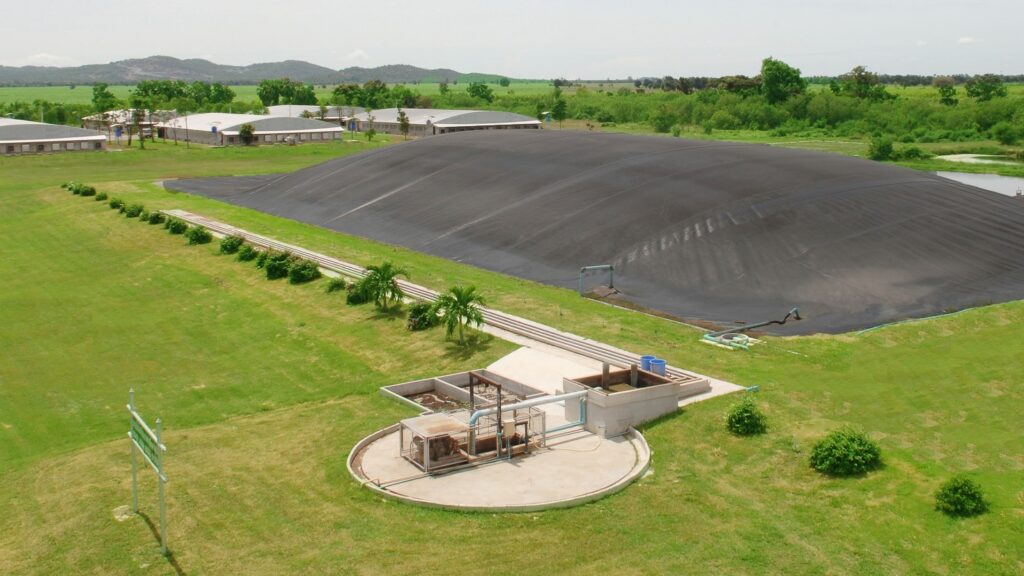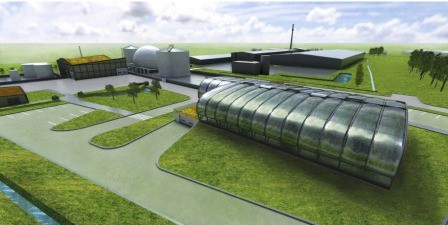
Biogas production in South America contributes to the energy mix and energy security in the region. The region has an extensive agricultural sector that provides enough feedstock for production. Biogas provides a solution for energy diversification, reduces greenhouse gas emissions, and improves waste management in the region. Brazil leads the region in biogas development due to its agricultural sector. The country has been focusing on scaling up biogas production through integration into the agricultural and wastewater sectors. Other countries, like Chile, Argentina, and Colombia, are also taking steps to use agricultural waste and manure. South American governments could offer favorable policies and investments to support the growth of the biogas sector.
Use of renewables in biogas energy production
Renewable energy plays a crucial role in biogas energy production in various ways. The integration enhances the sustainability and efficiency of these systems. This contributes to the goal of reducing greenhouse gas emissions. It also promotes South America’s decarbonization goals and achieving clean energy use. Biogas plants may use solar-powered digesters and thermal energy for production. This reduces the reliance on external energy sources and ensures energy production in colder climates. Wind energy provides electricity to biogas plants in remote or off-grid locations. The use of hybrid renewable systems, including solar and wind energy, provides a stable and diversified energy supply. Additionally, electricity generated from small-scale hydropower can help run biogas plants. Biogas, as a renewable energy source, is produced from organic materials like agricultural waste, food waste, and sewage sludge. The conversion of biogas to biomethane serves as a substitute for natural gas.
Biogas energy production process
Biogas energy comes from a method that converts organic waste into usable energy through anaerobic digestion. Biofuel energy production offers benefits such as waste management, renewable energy generation, and environmental protection. Further, it contributes to energy diversification and supports the transition to a more sustainable energy system. The following are the steps involved in biogas energy production:

- Feedstock collection and preparation – this includes collecting organic materials for the process. These include manure, agricultural residues, food waste, and sewage sludge. Some may need pre-treatment to create a consistent slurry that is easy to digest.
- Anaerobic digestion – the prepared slurry is then fed into an aerobic digester, where the digestion process happens. The several stages of digestion include hydrolysis, acidogenesis, acetogenesis, and methanogenesis.
- Biogas collection and storage – the biogas contains 50–70% methane and 30–40% carbon dioxide. It is then collected at the top of the digester and stored in gas holders.
- Biogas use – biogas can then be combusted in a gas engine or turbine to produce electricity and heat. The raw biogas is then upgraded to biomethane by removing carbon dioxide, hydrogen sulfide, and other impurities. Biogas serves directly for cooking, heating, or as fuel in biogas boilers.
- Digestate management – the remaining material after digestion is rich in nutrients and serves as a biofertilizer for crops.
Challenges facing biogas generation in South America
Biogas production in the region offers great benefits in energy efficiency and diversification. It faces several challenges that may be obstacles to widespread adoption and scalability. Thus, the South American government should address these challenges to reach its full potential. It would require collaboration between the private sector, investors, and local communities to mitigate the challenges. Discussed below are the key challenges facing biogas production in the region.

- Financial barriers – the initial capital investment for the setup is high, especially for large-scale operations. This may pose a challenge for small and medium-sized enterprises that may not have access to financing.
- Feedstock supply – the availability of feedstock varies by region and season. This can lead to inconsistent biogas production and difficulties in maintaining a steady supply of input materials. There may also be competition that can lead to high prices.
- Market and demand uncertainties – the market for biogas and biomethane is still in its early stages. There may be a lack of well-established demand and market infrastructure. Also, biogas competes with cheaper and more established sources like hydroelectric power. This may pose a challenge, leading to price competitiveness.
- Environmental and climatic factors – the diverse climatic conditions in South America can pose challenges for biogas production. The conditions may affect the conditions for aerobic digestions, leading to inefficiencies. Additionally, there can be concerns about the impact of large-scale biogas production on land use, water resources, and biodiversity.
